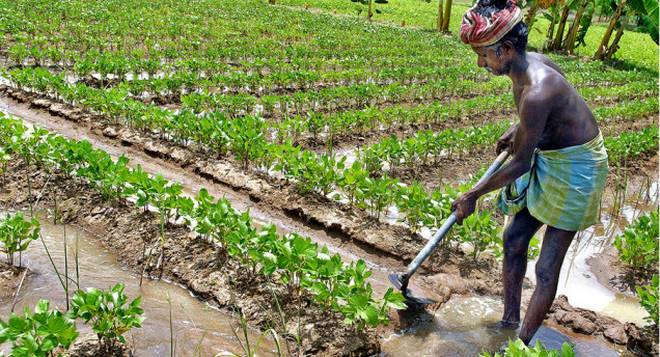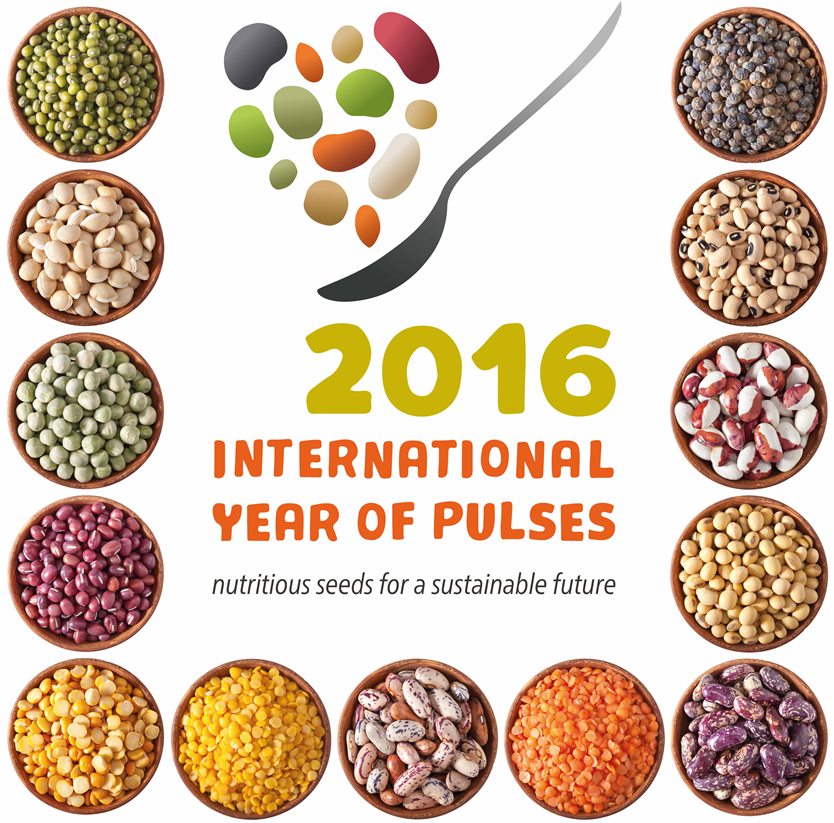Methods of Cultivation of Pulses in India
Pulses are a type of extraordinary crops, as they are associated with the in-built mechanism for fixing atmospheric nitrogen in respective root nodules. In a nutshell, Pulses are helpful in restoring the fertility of soil because certain bacteria are present in their roots that perform this nitrogen fixation.
Methods of Cultivation of Pulses in India
 Pulses are the storehouse of protein and they are compatible with a range of cropping systems. Pulses are also an important source that provides a significant contribution towards the nutritionally balanced food for the vegetarian people in India.
Pulses are the storehouse of protein and they are compatible with a range of cropping systems. Pulses are also an important source that provides a significant contribution towards the nutritionally balanced food for the vegetarian people in India.
India is a country in which huge varieties of pulse crops grow, as compared to any other part of the world.
Pulses that grow in the frequent intervals are grain or chickpea, Cicer arictinum Linn, pigeonpea, black gram, rice bean etc. With the passage of time, improvement can be seen in the production for the sake of advanced technology and generation of a range of new varieties. As a result, productivity has also increased.
Cultivation of pulses is important part linked to the rainfed agriculture. However, the appearance of latest biotypes and races of pathogens and key pests are heavily affecting the cultivation of pulses in India. Pulses are largely susceptible to complicated diseases.
A vast range of control agents is displaying powerful protection for crops and also extend environmental and economic sustainability to particular farming operations.
Important Criteria for the Pulse Cultivation
Pulse cultivation requires the temperature of 20° to 30°C along with the adequate rainfall of the range of 50° cms to 75 cms. Pulses can be cultivated on each type of soils; however, the best suitable soil for this cultivation is dry light soil.
Pulses are produced in all over India but the influential states are Punjab, Uttar Pradesh, Haryana, Madhya Pradesh, Maharashtra, and Rajasthan. Nowadays, importance linked to pulses has increased because of the enhanced demand.
Pulses were the second option for the farmers in the question of cultivation. Nevertheless, the increasing awareness about the latest soil management procedure like crop rotation and so on, pulse farming is gaining attentiveness by the Indian farmers.
Nevertheless, many bottlenecks are continued in the farming of pulse till now because of unpredictable pulse prices, non-addition of pulses in PDS and so on. The farmer hardly receives the MSP and sells at the existing market prices. Future stockpiling has not been successful to a large number of farmers because their prices never attain the expectation.
It is affecting the acreages adversely, particularly during the Kharif Season in which Maize, Soybean, and Paddy yield better returns. In order to make pulses more available to the purchasers and also make it further remunerative, MSP or Minimum Support Price for all vital pulses was initiated that permits imports at bans exports and zero duty.
Further concentrated efforts are required to grow satisfactory pulse technology for rice fallow in order to enlarge the foundation of pulses production in eastern states, such as Chhattisgarh, Odisha, Bihar, West Bengal, Jharkhand, and Assam.
In order to fulfill the demand regarding pulses, India is importing approximately 4.02 million tons in present times.

 According to United Nations Food and Agriculture organization (FAO), there are a total of 11 types of pulses: dry beans, dry broad beans, dry peas, chick peas, cow peas, pigeon peas, lentils, bambara beans, vetches, lupins and pulses nes.
According to United Nations Food and Agriculture organization (FAO), there are a total of 11 types of pulses: dry beans, dry broad beans, dry peas, chick peas, cow peas, pigeon peas, lentils, bambara beans, vetches, lupins and pulses nes.